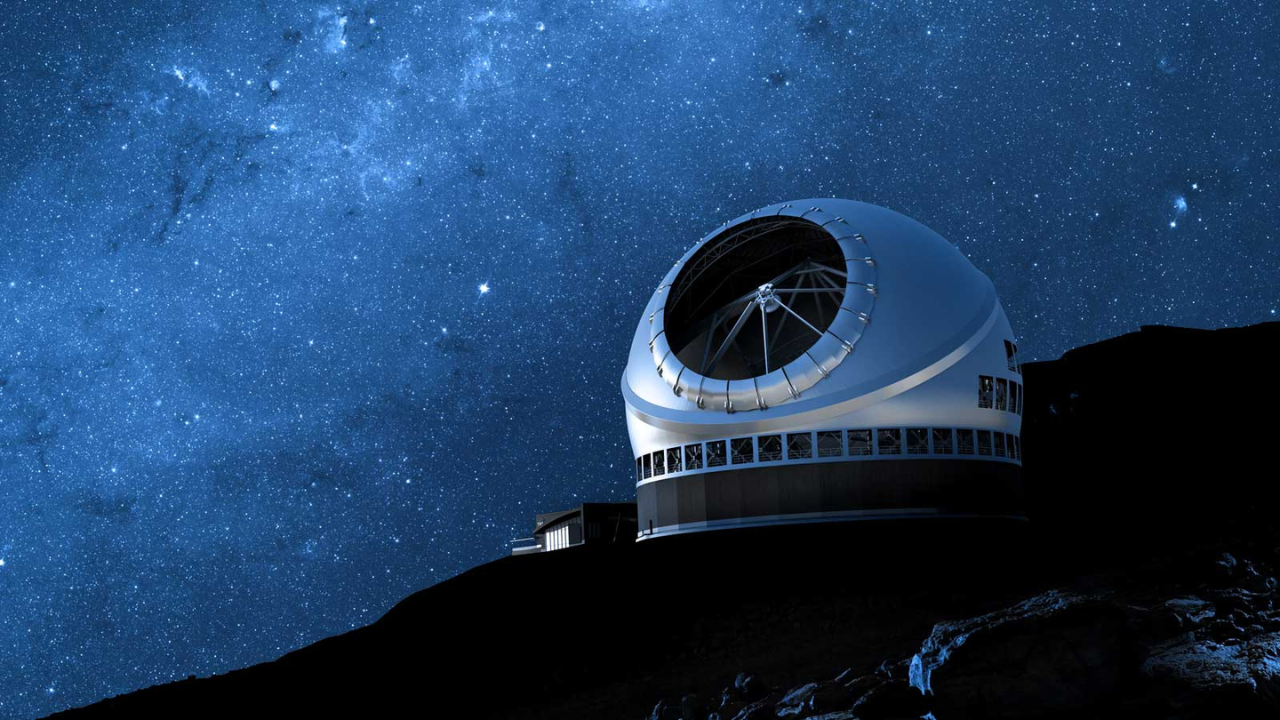The 10 most powerful telescopes on Earth and in space transforming modern astronomy

NASA discovers a third interstellar object, Parker Solar Probe breaks records with unprecedented sun images, and Earth may host multiple mysterious minimoons, showcasing exciting space exploration breakthroughs.

All major sources, one page
Feel the mood behind headlines
Know what’s trending, globally
Get summaries. Save time
7,751
116
204
28 minutes ago
Stay sharp in 60 seconds. Get concise summaries of today’s biggest stories — markets, tech, sports, and more
All major sources, one page
Feel the mood behind headlines
Know what’s trending, globally
Get summaries. Save time
7,751
116
204
28 minutes ago
Stay sharp in 60 seconds. Get concise summaries of today’s biggest stories — markets, tech, sports, and more